[the_ad_group id=”632″]
BOCA RATON – Reserve guard Nick Weber has seen his playing time grow precipitously over recent weeks, his strong play in relief of starters B.J. Etienne and Antonio Riles largely speaking for itself.
His teammates say that isn’t the extent of his voice, however.
“Nick Weber likes to talk a lot,” left tackle Reggie Bain said. “I think he does it for himself, to make sure he’s doing the right thing. But he’s more of an over-communicator.”
That extra communication is understandable, as Weber is navigating two positions in his first collegiate season.
Weber, a walk-on redshirt freshman, has gone from the scout team a season ago to now FAU’s primary backup at both guard spots. His performance has forced the Owls into a situation extremely foreign to the college game: a rotation system on the line.
“Usually we have a backup on both sides,” FAU coach Lane Kiffin said of the guard position. “Nick’s kind of come to the front above the other guys that are there.”
Kiffin expects to continue the rotation in Saturday’s Shula Bowl at FIU.
Etienne and Riles have been adequate starters this season, but in limited action, Weber has provided a spark. And it has made him hard to take off the field.
On the surface it may seem like an obvious benefit for FAU to have three quality guard options, but rotating them in and out of a game could have a potential downside.
It takes time for offensive linemen to find their legs in a game, as they spend each snap both honing in on the tendencies of their matchup and adjusting to the speed of the action around them. That’s why they usually don’t sub as often as the defensive line does.
So while a rotation system might preserve their energy, it could also prevent them from finding a rhythm.
Center Junior Diaz said the former is worth the risk of the latter.
“The good thing about it is that there’s not really a drop off there,” he said. “They’re both good and when they rotate in they’re fresh, and it helps us play harder.”
Not only does FAU’s new rotation system mean Weber has to be ready to enter the game and produce at any given moment, he has to prepare to do so at two separate positions.
A common misconception about guard play is that the left and right spots are interchangeable, but the reality is that they are vastly different. Moving from right to left or vice versa is a complete mental and physical flip around, ranging from which hand goes in the dirt to the play responsibilities themselves.
Weber has taken the challenge of playing both sides in stride and said the experience is one that is beneficial for both his current team and his future at FAU.
“It’s real good for me, because I’m young, to get a lot of experience and it’s a good competition on the O-line,” he said “When I go in I get reps and the other guy, he can get a break, so when he comes in he’s fresh, too.”
Going from playing on a high school offensive line to a college one is one of the biggest transitions in the sport. Not only is the size difference monumental, the terminology and speed of the game is on another level as well.
But the more Weber speaks, the faster he adjusts and excels.
“With the (second team) I’ve got to talk more and get everybody on the right page. I kind of carry that over [to the first team],” Weber said. “The more you communicate the better, to get on the same page and make the right blocks.”

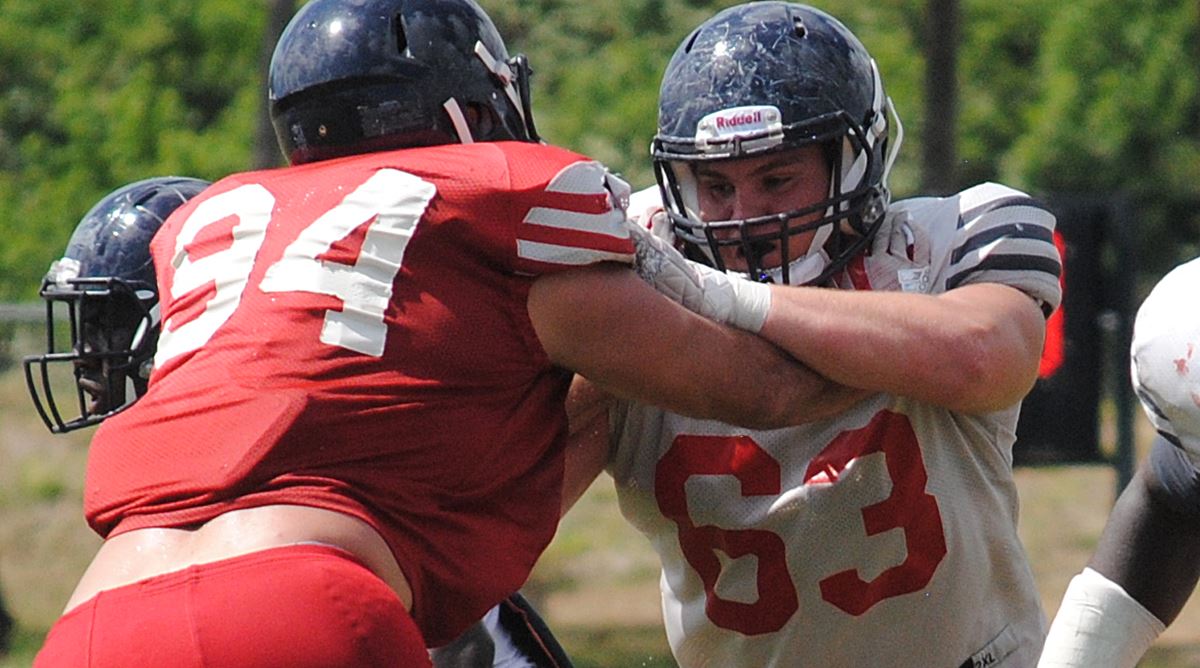
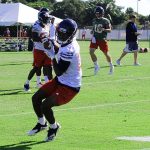
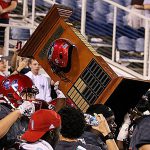
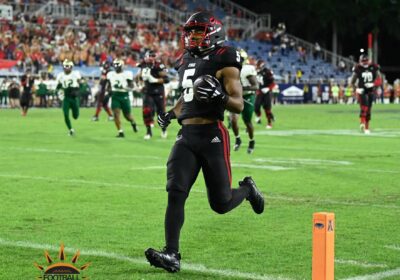
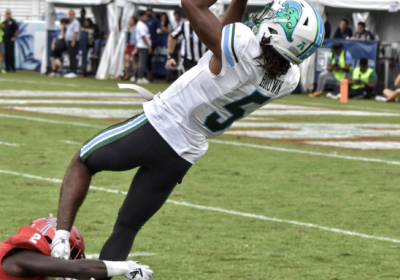
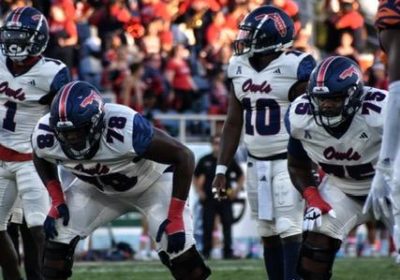
Recent Comments